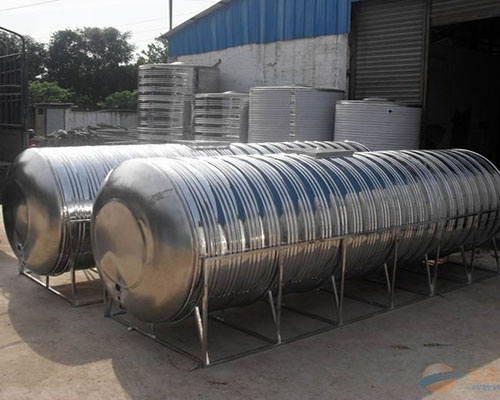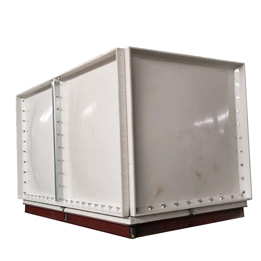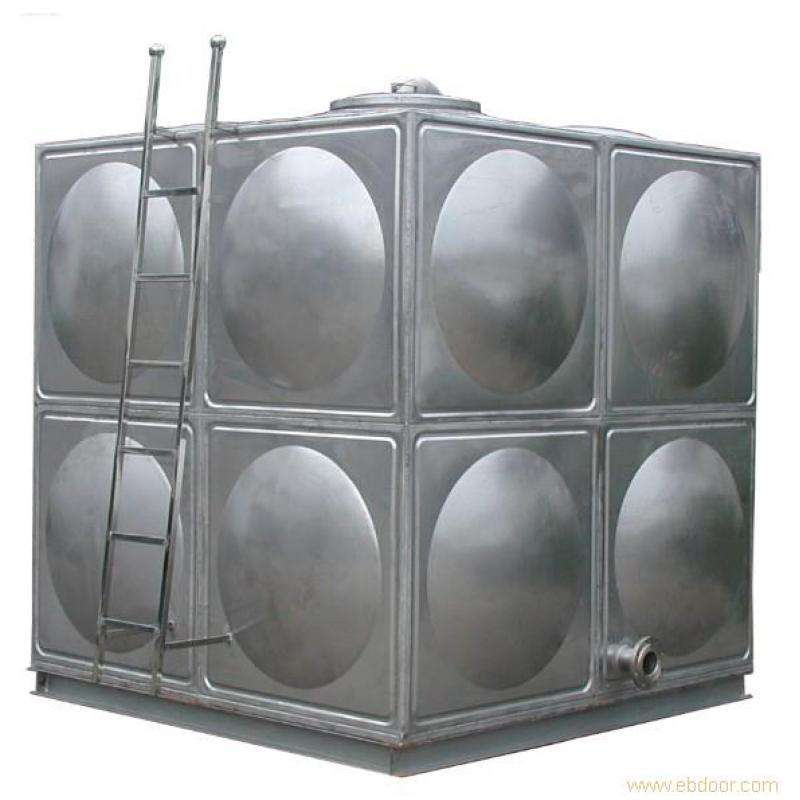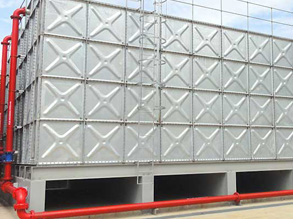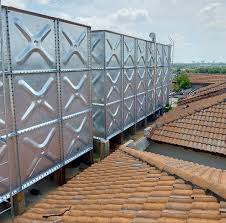How to maintain your septic tank safely step by steps
Step 1 // Accountable pumping
The frequency of pumping the wastes varies from house to house. To avoid accumulation which in turn causes damage, guidance from a professional technician should be sought.
Ensure that you pump the waste as directed from the experts. Sought the advise on how frequent you should pump your waste to enable a smooth flow of waste. And avoid pumping any other materials apart from wastewater.
Step 2 // Remove accumulated debris and solids once in a while
Regardless of accountable pumping, debris and solids accumulate with time. This calls for high pressure water jetting that removes them which in turn ensures that the system works efficiently.
This process actually requires experts to do it. Find individuals who know how to flash all the accumulated debris from the system to do it for you. This should be done after at least 5 years.
Step 3 // Use of bacteria additives
Presence of some detergents in the septic tanks kills the naturally occurring bacteria. As a result, the system fails to function as it should.
This is why addition of the natural live bacteria is very necessary. The additives are affordable and works efficiently to keep the tank clean, fresh and efficient.
Step 4 // Effluent filter
An effluent filter is meant to prevents solids into entering the system. The filter is very important and should be replaced every time the system is being serviced. A technician should be informed incase the septic tank system lacks one.
Step 5 // Regular checkup
It is important to check your system regularly to ensure that it is running smoothly. Open the lid of the septic tank periodically to see if the flow is smooth from the inlets of the house.
More guidelines and tips
· Perform regular service (at least once a year) to ensure that the system is in right condition. This should be done by a professional.
· The drain field should be maintained by avoiding planting trees around the area. This is because some trees have roots that are known to bump into the system causing damage.
· Cooking grease and junks cause damage the system since they cause clogging. This items should consequently not be disposed there.
· Flushing items other than toilet paper into the toilet should be avoided to prevent damage of the system.
· Maintenance records and inspection reports should be put down in writing. The reports should be detailed including things like leaks, scum levels and among others.
Note: any leaks should be repaired with immediate effect by a qualified technician.
· Only hire qualified technician. Septic tanks are sensitive and when damaged pause heightened health risks to the people around. Repair and service should therefore be done with skill by a qualified technician.
· Chemicals should not be poured into the system whatsoever as this may not only damage the tank directly but also kill the naturally occurring bacteria which is very vital.
· Using too much water overloads the system which in turn causes damage over time. water should therefore be used sparingly.
Conclusion
Having it in mind how expensive it is to replace a fiberglass septic tank or plastic septic tank, caring for it proactively becomes requisite. How long this versatile tank will last is in actual sense directly proportional with the care it is taken for.
The baseline of this is ensuring that wastes do not accumulate, there is no contamination by underground water and the many guidelines mentioned earlier.

Hot Water Tanks
related posts
